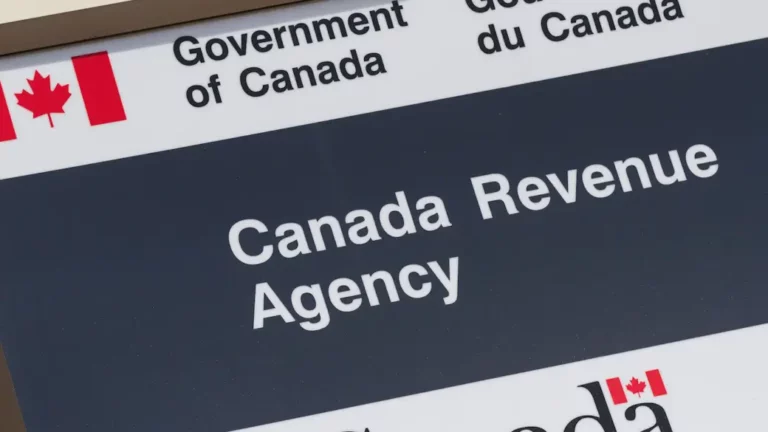- 3 Mins

A look in Personal Spending Account (PSA)
A Personal Spending Account is a taxable allowance designated for employees to receive additional wellbeing options beyond the traditional health and dental plan. Employees often place a lot of value on the perks provided through a PSA. These employee benefit plans are often referred to as Flexible Spending Accounts or Wellness Spending Accounts (WSAs) in Canada.
PSA is a “taxable allowance” and contributes to an employee’s yearly salary. Therefore, they must be included on their T4.
As above-mentioned, the PSA provides coverage beyond the traditional health plan and completes an employee benefits package.
What is covered by a Personal Spending Account (PSA)?
Coverage options under a PSA are almost limitless since the PSA plan is taxable. Employers, when designing the plan of PSA, can decide what will and will not be covered. The employer can choose as long as it comes to wellness.
These expenses might include health-related costs not covered by standard medical insurance, wellness programs, fitness memberships, childcare, education, and professional development, among others.
There is no prerequisite for eligible expenses:
Personal training and consultation
Gym, fitness center, and annual memberships
Mental Health: Hiking retreat, Hypnosis, Art therapy
…and more!
How does a Personal Spending Account (PSA) work?
When setting up a PSA, an employer will set the money amount available to each employee to use for eligible expenses (as determined by the employer).
Here’s how it works in more detail:
Allocation of Funds: The employer determines a specific amount of money that will be made available to each employee within the PSA framework. This sum is allocated at the beginning of the coverage period, typically annually, and is intended to cover various eligible expenses.
Eligible Expenses: The types of expenses that can be reimbursed through a PSA are defined by the employer and can vary widely between different organizations.
Employee Discretion: Employees have the freedom to decide how they want to use the allocated funds within the confines of the eligible expenses. This flexibility empowers employees to spend their PSA funds on the services or products that are most beneficial to their personal and professional well-being.
Reimbursement Process: When an employee incurs an expense that falls under the eligible categories, they submit a claim to the PSA administrator (often a third party designated by the employer). The claim must include proof of the expense, such as receipts or invoices. Once verified, the expense is reimbursed up to the available balance in the employee’s PSA.
For example, let’s look at a claim:
- The employer sets a yearly limit for their employees based on employee classifications
- An employee buys an annual gym membership for $200
- They choose to use a Personal Spending Account to make a claim for the $200
- The employer pays out the $200 claim and the employee is reimbursed $200 in taxable income


